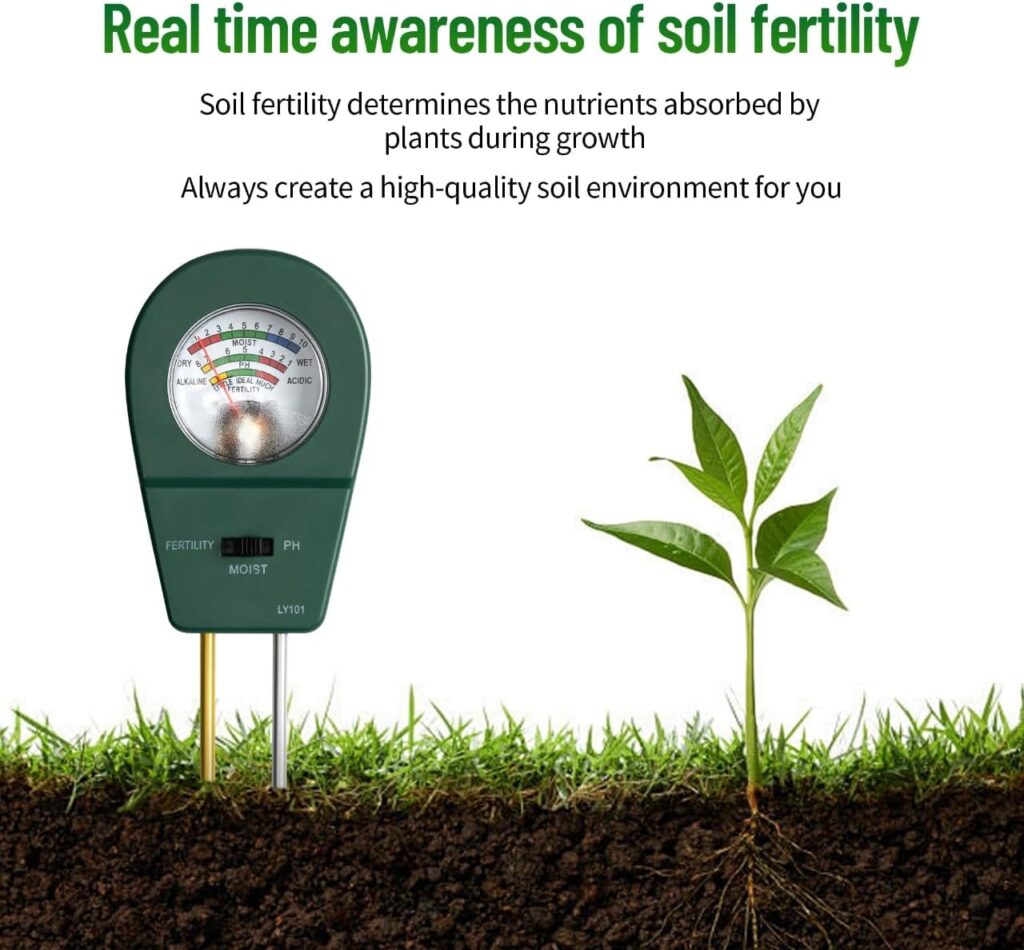Watering is a fundamental aspect of indoor plant care, yet it’s often misunderstood.
Improper watering can lead to low harvests and pest and fungus problems when growing indoors. In this guide, we’ll explore essential watering tips and techniques to help you nurture your indoor plants with confidence and success.
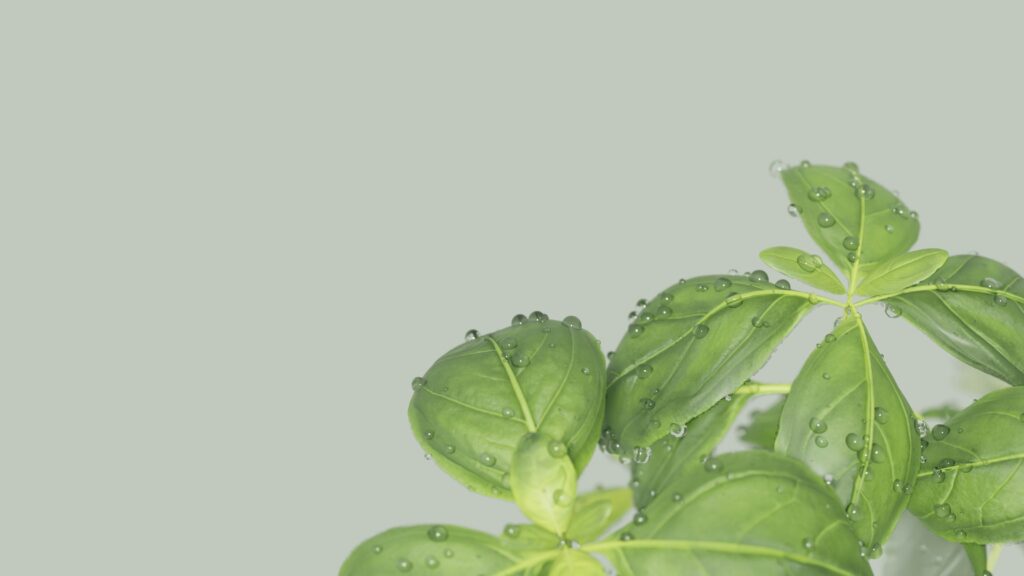
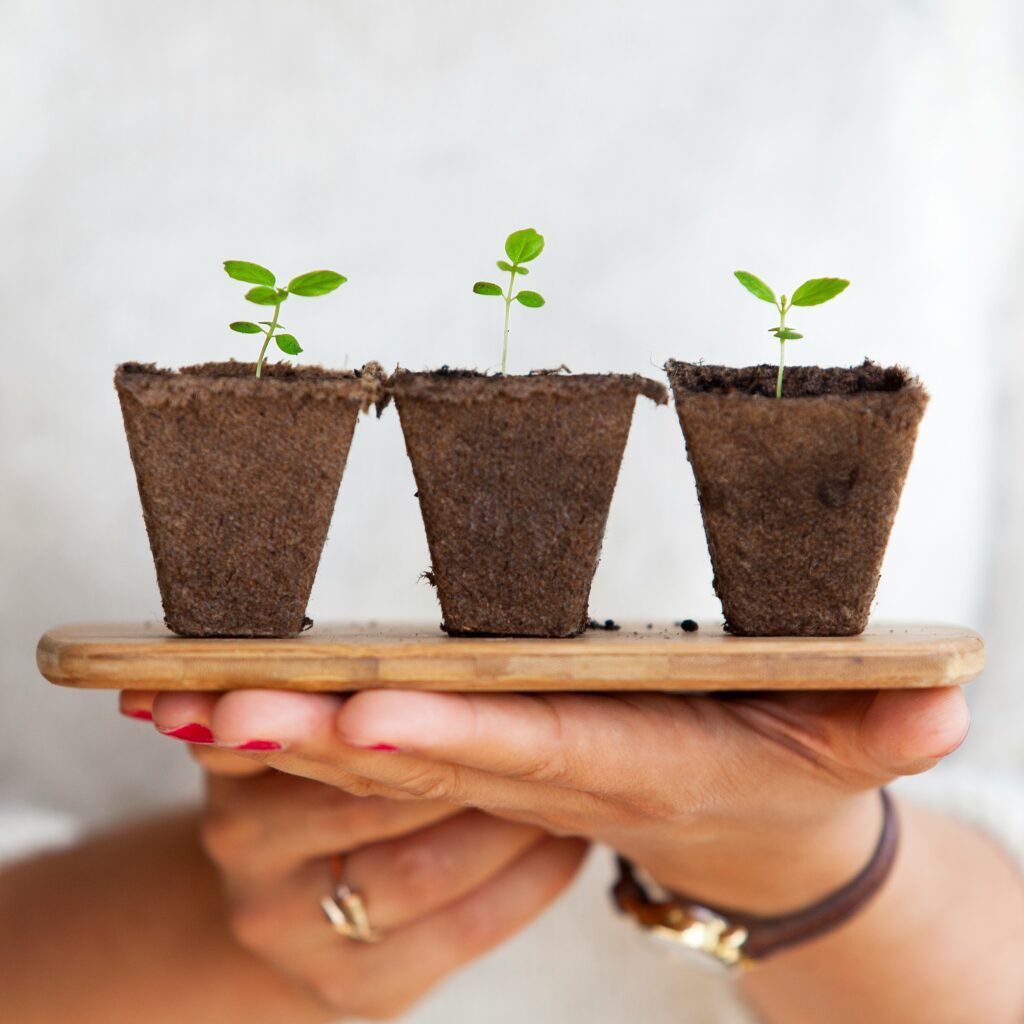
1. Know Your Plants’ Watering Needs
Different plants have varying water requirements based on factors such as species, size, season, and environmental conditions. Research the specific watering needs of each plant in your indoor garden, considering factors like soil type, drainage, and humidity preferences. Understanding your plants’ individual needs is the first step towards watering success.
2. Check Soil Moisture Levels
Before watering, assess the moisture level of the soil to determine if your plants need hydration. Insert your finger into the soil up to the first knuckle – if it feels dry, it’s time to water. Alternatively, use a moisture meter to gauge soil moisture levels accurately. Avoid watering on a set schedule and instead water plants as needed based on soil moisture indicators.
This 3-in-1 soil meter measures 3 metrics: moisture/humidity, pH levels and fertility. This provides recreational, hobbyist and professional gardeners, in a practical and convenient way, the data they need to water and care for their beloved plants and flowers.
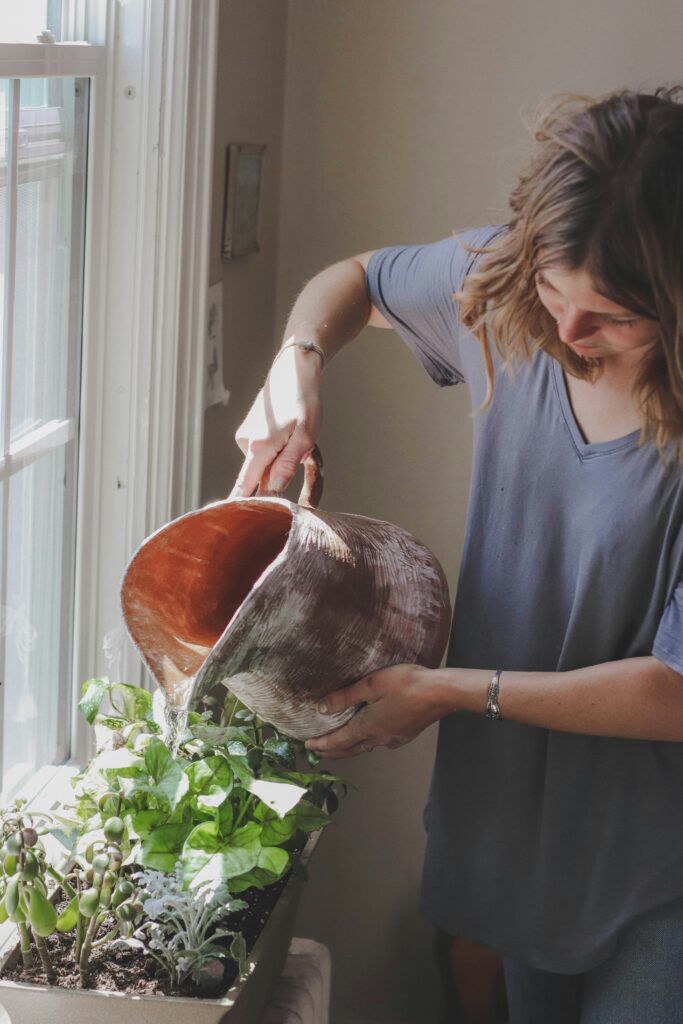
3. Water Thoroughly but Infrequently
When it’s time to water, provide a thorough soaking to ensure moisture reaches the plant’s root zone. Water until excess moisture drains freely from the bottom of the pot, indicating thorough saturation.
Allow the soil to dry out slightly between waterings to prevent waterlogged conditions and promote healthy root growth. Infrequent, deep waterings are preferable to frequent, shallow watering.
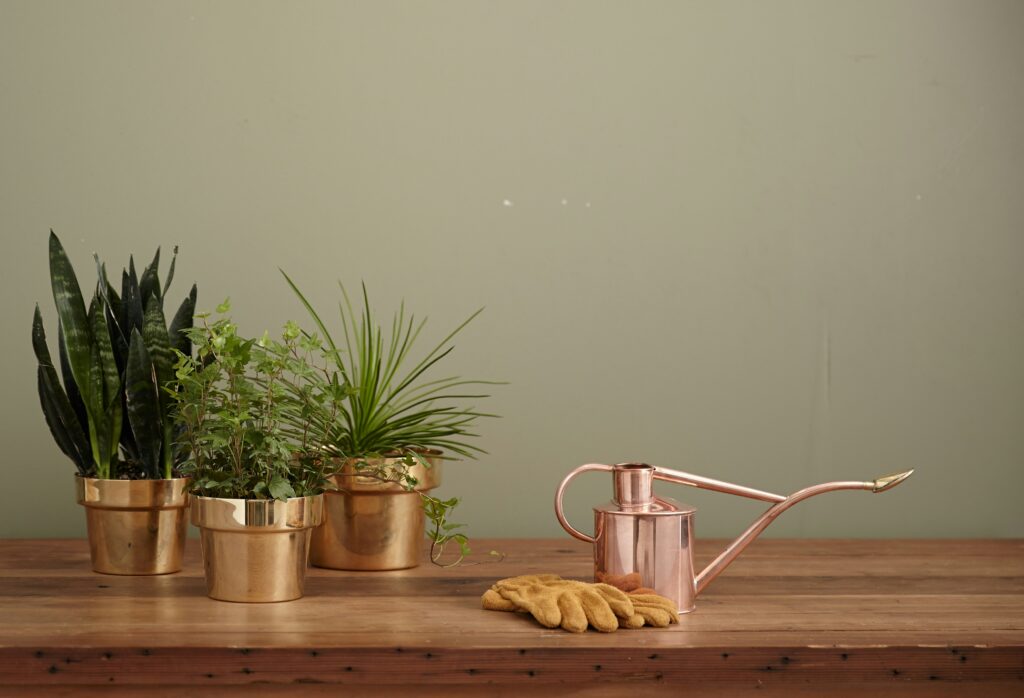
4. Use Room Temperature Water
Avoid shocking your plants with cold or hot water by using room temperature water for watering. Allow tap water to sit out for a few hours to dissipate chlorine and fluoride, which may be harmful to some plants. Rainwater or filtered water is ideal if available, as it lacks the additives and impurities present in tap water.
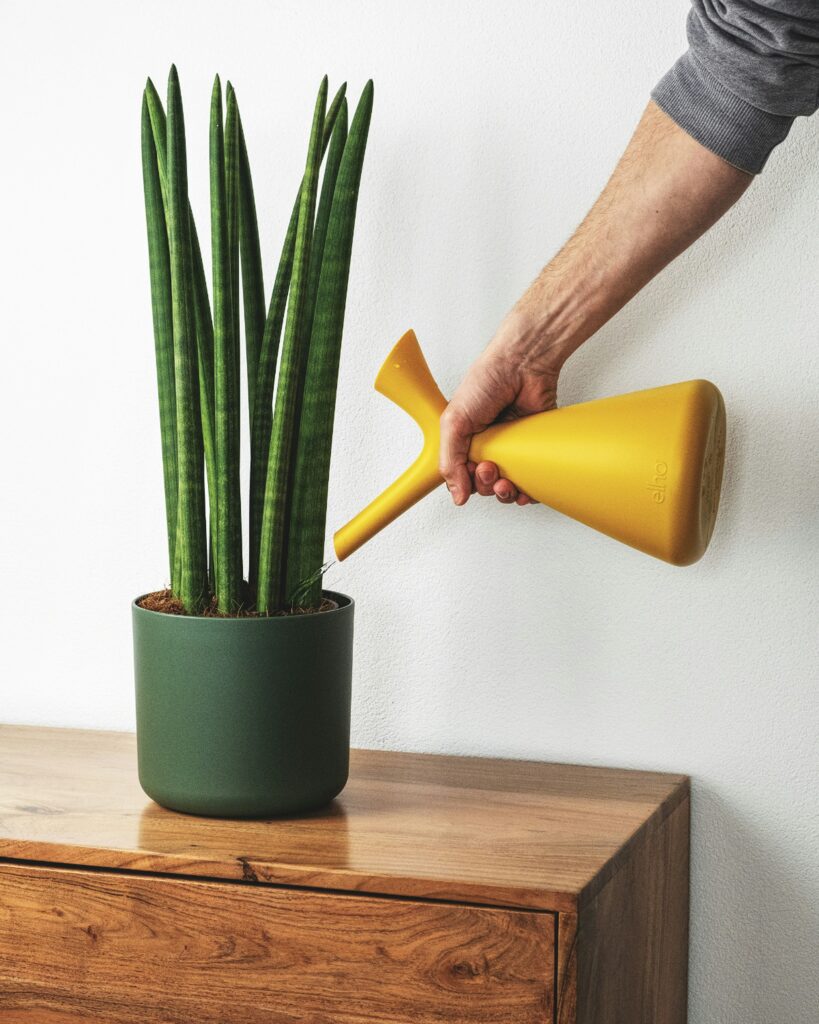
5. Water at the Base of Plants
Direct water at the base of plants rather than overhead to minimize foliage wetness and reduce the risk of fungal diseases. Pour water slowly and evenly around the perimeter of the pot, allowing it to penetrate the soil and reach the roots directly. Avoid splashing water on leaves, as this can lead to unsightly water spots and increase the likelihood of pest infestations.
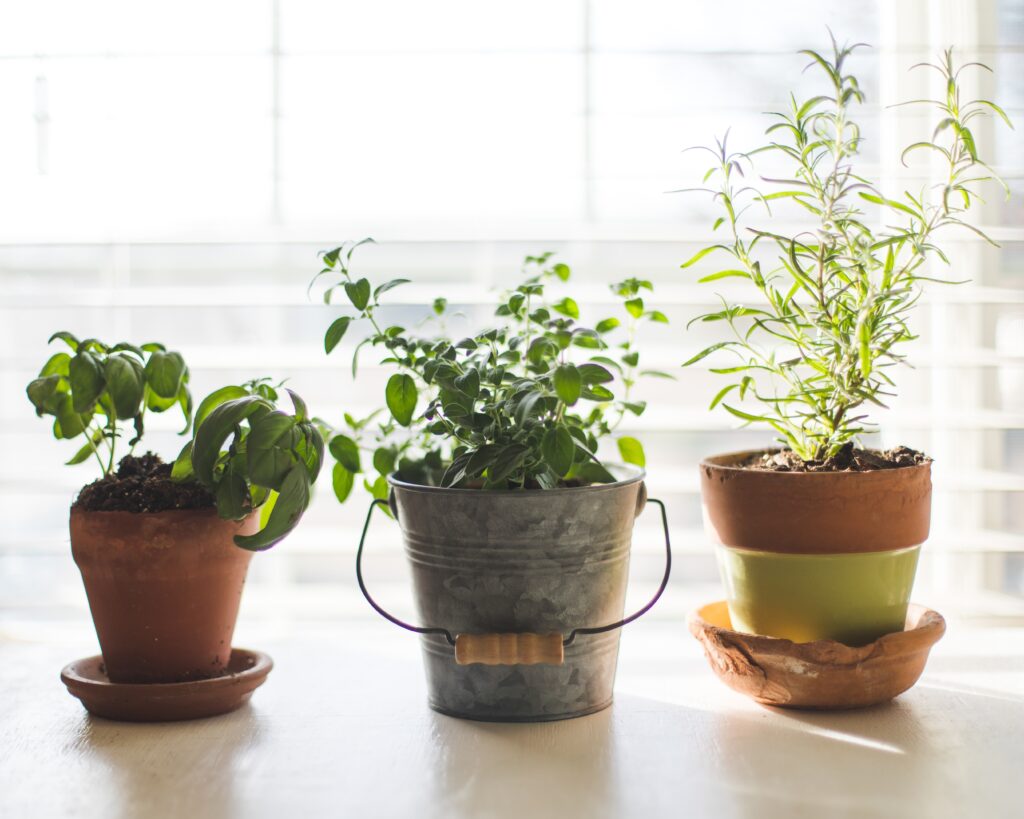
6. Consider Plant Placement and Seasonal Factors
Take into account environmental factors such as temperature, humidity, and air circulation when determining watering frequency and intensity. Plants placed near heating vents or in drafty areas may require more frequent watering to compensate for increased evaporation. Adjust your watering routine accordingly during hot, dry periods or when humidity levels fluctuate.
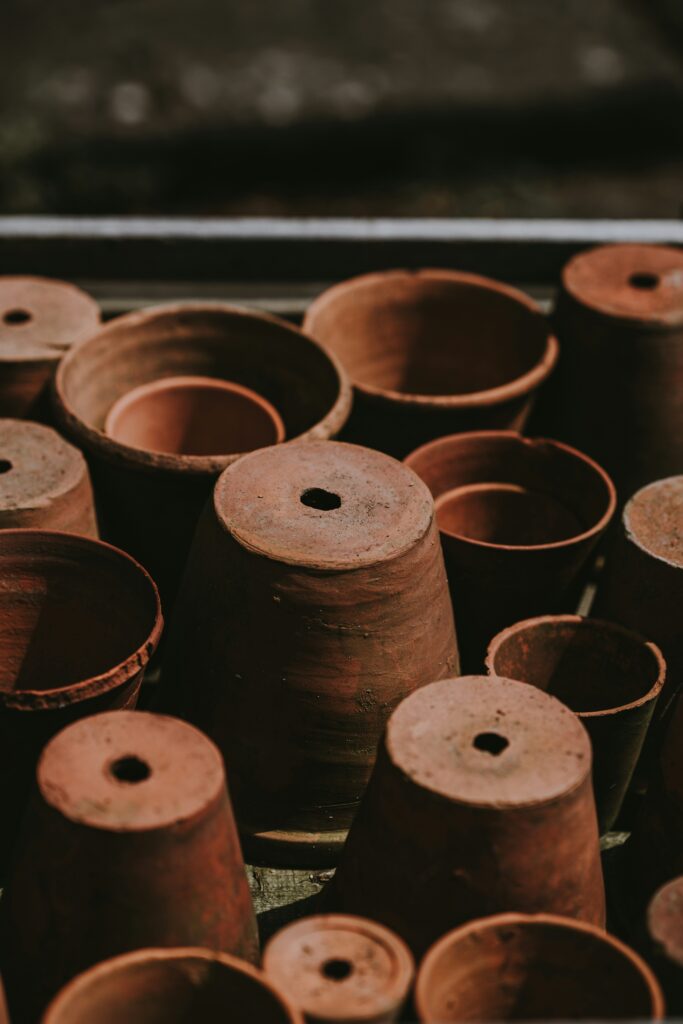
7. Drainage is Key
Ensure pots and containers have adequate drainage holes to allow excess water to escape freely. Use a saucer or tray to catch drainage and prevent water from pooling around the base of pots, which can lead to root rot and fungal issues. Elevate pots on pot feet or add a layer of gravel to improve airflow and drainage.
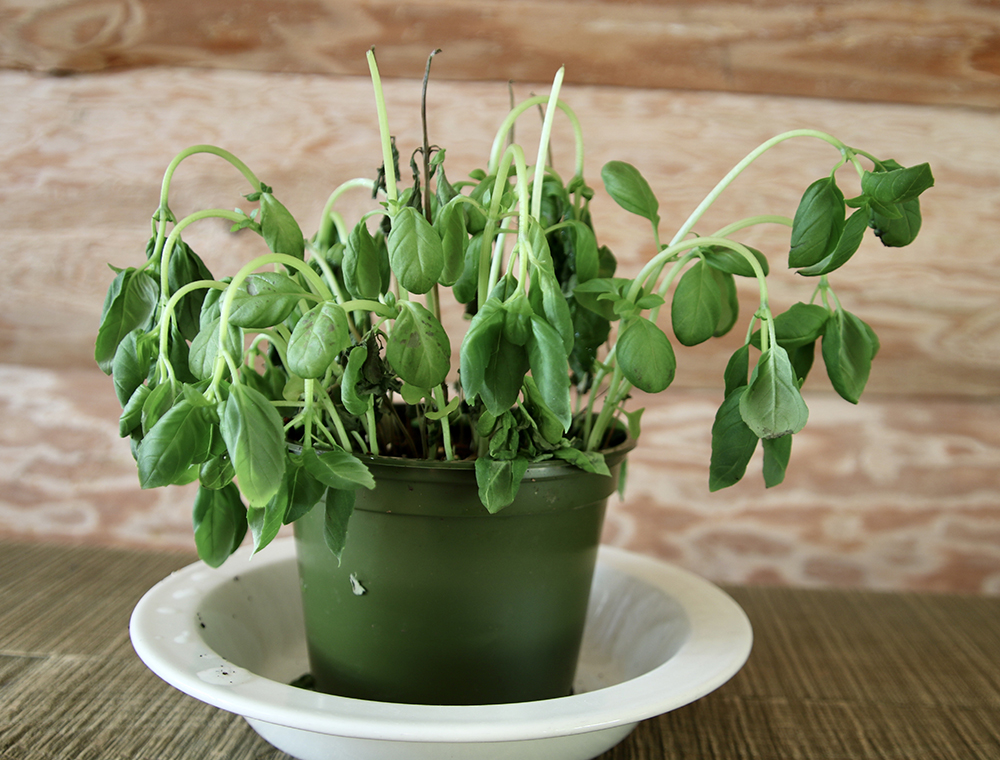
8. Observe and Adapt
Regularly monitor your plants for signs of both underwatering and overwatering, such as wilting, yellowing leaves, or soggy soil. Adjust your watering regimen based on plant response, seasonal changes, and environmental conditions.
Remember that it’s better to err on the side of underwatering than overwatering, as most indoor plants are more tolerant of drought than excess moisture.
By mastering the basics of watering and understanding your plants’ individual needs, you’ll be better equipped to provide the optimal care and hydration they require to thrive indoors. Cultivate a mindful approach to watering, observe your plants’ responses, and enjoy the satisfaction of nurturing healthy, flourishing greenery in your indoor garden.
